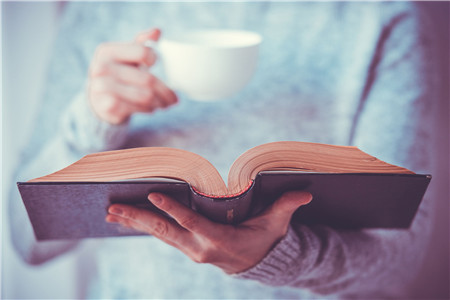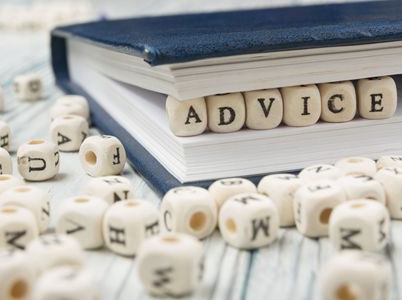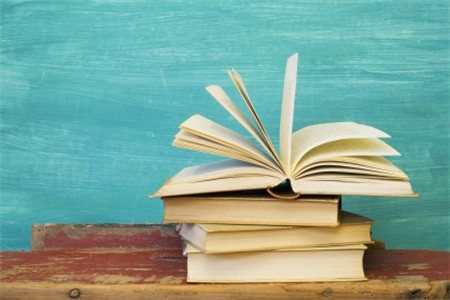【听力素材】托福巴朗听力原文——Art Class
- 2016年02月16日14:56 来源:小站整理
- 参与(0) 阅读(5399)
在托福听力的备考中,选择一个适合自己的听力素材是非常重要的。而巴郎听力则是很多学生冲刺高分听力的必备选择。由于他的内容基本可以跟国外讲座水平接轨,所以是非常适合作为托福听力考前练习素材。那么在以下内容中我们就为大家带来巴朗听力原文,希望能为大家的备考带来帮助。
Professor:
$ Drawing is a very basic art form. It’s appealing because it can be used to make a very quick record of the ideas that an artist may be envisioning, so, a drawing can serve as a visual aid for the artist to remember a certain moment of inspiration and maybe use it for a more detailed work later on. Okay, usually such sketches allow the artist to visualize the proportions and the shapes without much attention to details so these images can be used by painters, architects, sculptors—any artist really. And large renderings, sketches of parts of the whole . . . these can be helpful in the creative process when a . . . a huge image might be more difficult to conceive of in its entirety. Or, a sketch of just one face in a crowd can allow the artist to . . . focus on creating just that part of the image. So, in many artists’ studios, countless drawings are strewn(撒满) about as the final painting or sculpture takes form. And this gives us insight into the creative process, as well the opportunity to see changes from the images at the beginning in the images of the finished work. It’s rare, in fact, for an artist to use permanent materials to begin a piece of art. And some painters, for example, even sketch onto the surface of the canvas(油画) before applying the pigments(颜料). Now, architects are especially prone to sketches because, of course, their buildings are so large that an image in smaller scale is necessary to the imagination and implementation of such projects. So, uh, these studies become the basis for future works. And again, this is very interesting as a record of the creative process. Okay so far?
Okay, drawing has several other functions besides as a temporary reference. For centuries, artists have used drawing as a traditional method of education. By copying the great works, especially of the Old Masters, aspiring artists could learn a lot about proportion, how to capture light and shadow and . . . and so forth. In fact, some artists who later achieve recognition, still continue to use this practice to hone(磨练) their skills or . . . or simply to pay homage(尊敬) to another artist, as is often the case when a work of art originally created in another medium like a sculpture . . . when it’s recreated in the form of a drawing. Many examples of drawings of Michelangelo’s sculptures were re-created by well-known artists. One that comes to mind is the Study of Michelangelo’s Bound Slave by Edgar Degas. The original by Michelangelo was a marble sculpture that was, oh, about seven feet in height, but the small drawing was made in a sketchpad. In any case, the study is also considered a masterpiece, on a small scale, of course.
So . . . what additional purposes might be served by the medium of drawing? Well, let’s remember that photography is a relatively new art form, so prior to the use of photographs to record historical events, a quick drawing by an artist was about the only way to preserve a real-time visual account of an important moment. Although a more permanent visual impression might be rendered later, it would be based on memory and not on the artist’s actual observation. Probably the most often cited example of a sketch that preserved an historical record would be the small drawing of Marie Antoinette as she was taken to the guillotine in a cart through the streets of Paris. Jacques-Louis David sketched this famous drawing on a piece of paper about the size of the palm of his hand. And the artist, the artist reporter, is still important even in modern times, when photography isn’t possible, for example, when judges won’t permit cameras in the courtroom.
Okay, to review, we’ve talked about three functions for drawing—as a visual aid for the artist to complete a future work, as a method of education for aspiring artists or even practiced artists, and as a way to report an event. But the sketchbook has . . . other possibilities.
$ Sometimes a drawing is the final execution of the art. Picasso produced hundreds of drawings in, well, every conceivable medium, but especially in pencil and crayon. I find it very interesting that Picasso did so much of this kind of work . . . drawing, I mean, in his last years. Some critics have argued that he was just laughing at the art world, which was willing to pay outrageous sums for anything with his name on it, and clearly, a drawing can be executed in a short period of time. But others, other critics, they feel as I do that Picasso was drawing because it was so basic, and because it was so spontaneous and so much fun. And also, think about how difficult it really is to produce a quick drawing with a few lines and, uh, no opportunity to . . . to recreate the original, either by painting it out or remodeling the clay or changing the building materials, or . . . or any of the other methods for revision of a finished artistic work that artists have at their disposal. So, what I’m saying is that drawing when it’s elevated to a finished piece, it must be done with confidence and it must show a high degree of creativity and mastery of the art form. In a way, it harkens back to the beginnings of art itself, when some unknown artist must have stuck a finger in the earth to draw an image or . . . maybe he picked up a stone and made a drawing on the wall of a cave.
Okay, so, as a first assignment, I want you to make a couple of sketches yourself. I’m not going to grade them. This isn’t a studio art class. I just want you to use a few basic strokes to capture an image. You can do the first one in pencil, crayon, ink, chalk, or even charcoal . . . whatever you like. Then, I want you to sketch the same image in a different medium. So, if you do a face in pencil, I want you to do the same face but in chalk or crayon. Bring them to class next week and we’ll continue our discussion of drawing, but we’ll talk more about the materials artists use to produce drawings, and, uh, we’ll refer to your sketches as examples.





































